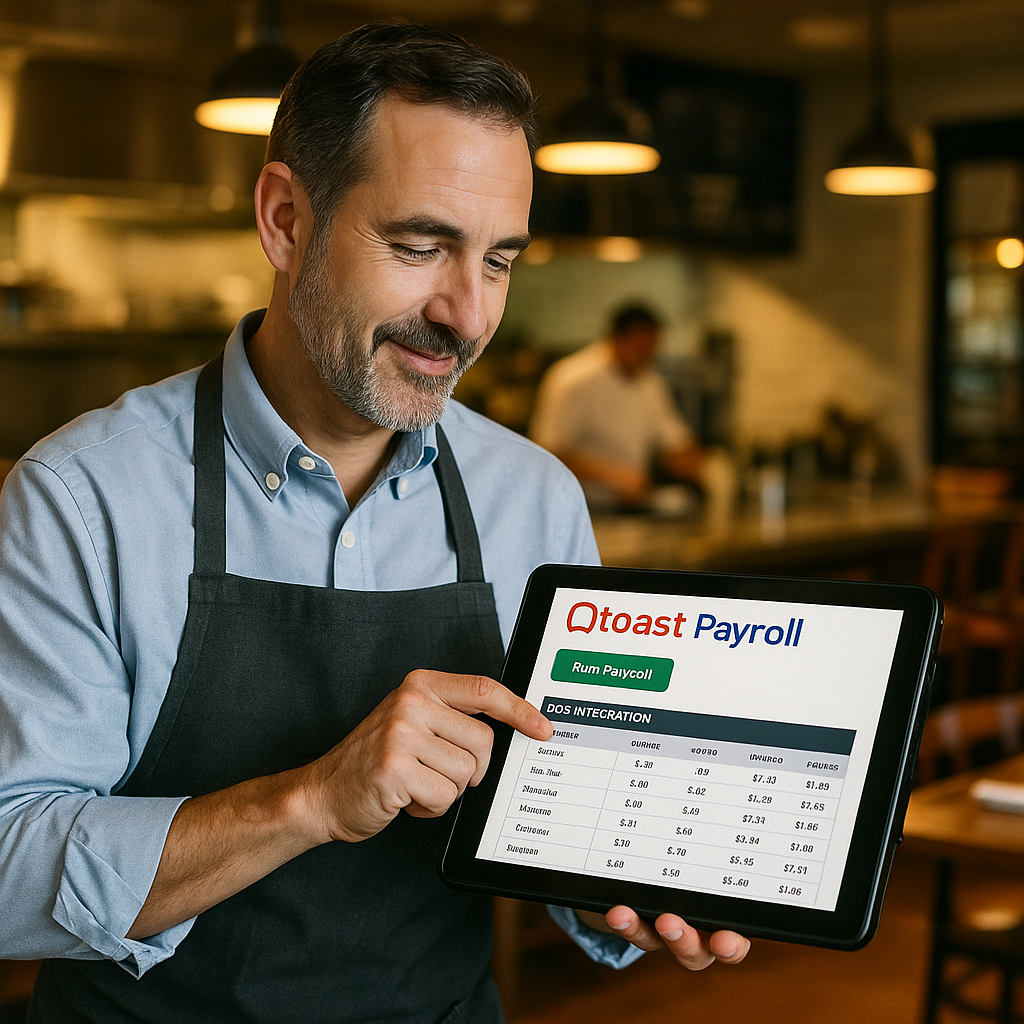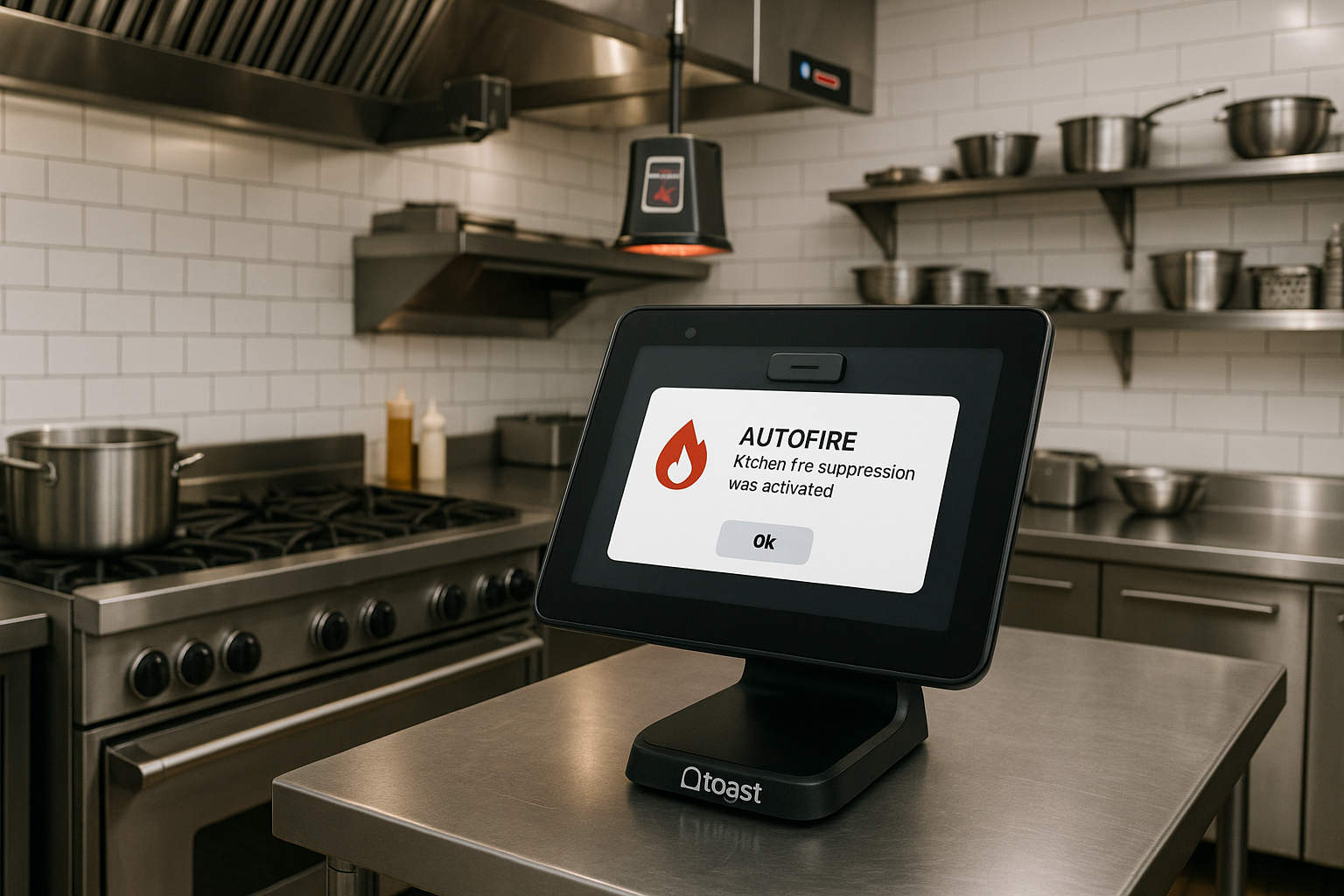Streamlining Your End-of-Shift Process with Toast POS
Introduction
The end of a shift can often be one of the busiest and most chaotic times in a restaurant. Efficient management during this period is crucial for ensuring seamless operations and a positive work environment. With Toast POS, restaurant owners and staff can streamline their end-of-shift processes to save time and reduce errors. This section discusses how Toast POS simplifies end-of-shift tasks, allowing your team to focus on what truly matters—serving customers.
Toast POS offers features that facilitate easy closing procedures, including intuitive reporting and automated financial reconciliations. Staff can quickly access sales data, tips, and transaction histories, making the financial wrap-up simpler and more efficient. This clarity not only helps in providing accurate reports but also allows team members to identify any discrepancies or unusual patterns that may need addressing.
Moreover, Toast POS allows employees to log their hours and submit shift notes directly through the platform. This integration helps in maintaining accountability and transparency within the team, ensuring that every detail is recorded and reviewed for future shifts. This streamlined approach to end-of-shift management not only saves time but also enhances overall operational efficiency.
Key Features of Toast POS for Shift Management
At the core of Toast POS’s effectiveness in managing end-of-shift tasks are its robust features designed for restaurant needs. One standout capability is the ability to generate real-time reports that reflect sales performance, employee productivity, and inventory levels. These insights are vital for making informed decisions and optimizing future shifts.
Another key feature is the system’s flexibility in managing tips and payroll. Toast POS allows for easy tip allocation, ensuring that staff are compensated fairly and promptly. This capability not only boosts employee morale but also encourages a more collaborative and efficient work environment. By automating these financial processes, restaurant owners can focus on developing their business rather than getting bogged down in paperwork.
Additionally, Toast’s cloud-based system ensures that all data is securely stored and easily accessible. Whether you’re in-house or on the go, management can monitor end-of-shift activities from anywhere, facilitating better oversight and quicker adjustments as needed. This adaptability is one of the many reasons why Toast POS is becoming the go-to solution for restaurants aiming to enhance their operational efficiency.
Best Practices for Closing Your Restaurant with Toast POS
Implementing best practices when closing your restaurant can significantly enhance operational performance and employee satisfaction. First and foremost, it’s essential to establish a standard end-of-shift protocol that employees can follow seamlessly. Training staff on how to use Toast POS effectively for these tasks can go a long way in ensuring consistency and accuracy during closing times.
Encouraging open communication among team members during the end-of-shift process is another integral practice. Utilizing the messaging features within Toast POS can help team members quickly share important updates, notes, or any issues encountered during their shifts, fostering a collaborative environment. When everyone is on the same page, it minimizes errors and enhances overall efficiency.
Lastly, conducting regular reviews of end-of-shift reports is crucial for identifying trends and areas for improvement. By regularly analyzing these reports generated by Toast POS, management can make data-driven decisions to refine processes, reduce costs, and improve service quality. This proactive approach can lead to better management and a more successful restaurant venture.
Leveraging Data Insights for Future Shifts with Toast POS
Conclusion
Using Toast POS to gather and analyze data at the end of each shift provides invaluable insights that can shape future operational strategies. By reviewing sales and performance metrics, restaurants can identify peak hours, popular menu items, and employee productivity levels. This data-driven approach ensures that staffing and inventory decisions are made based on actual performance rather than assumptions.
One effective strategy is to implement a dashboard that highlights key performance indicators (KPIs) at the end of each shift. Staff can use this information to adjust their service strategies in real-time, ensuring that customer needs are met efficiently. Moreover, by sharing these insights with the team, management can empower staff to take ownership of their roles and contribute to the restaurant’s overall success.
Lastly, regular feedback sessions based on these insights foster a culture of continuous improvement. By encouraging staff to engage with the data produced by Toast POS, restaurants can create a more adaptable workforce ready to meet the challenges of the industry. Leveraging these insights effectively transforms end-of-shift practices from mere closing tasks into powerful opportunities for growth.


